Chien-Ming Wu
Learning Representations of Satellite Images with Evaluations on Synoptic Weather Events
Aug 08, 2025Abstract:This study applied representation learning algorithms to satellite images and evaluated the learned latent spaces with classifications of various weather events. The algorithms investigated include the classical linear transformation, i.e., principal component analysis (PCA), state-of-the-art deep learning method, i.e., convolutional autoencoder (CAE), and a residual network pre-trained with large image datasets (PT). The experiment results indicated that the latent space learned by CAE consistently showed higher threat scores for all classification tasks. The classifications with PCA yielded high hit rates but also high false-alarm rates. In addition, the PT performed exceptionally well at recognizing tropical cyclones but was inferior in other tasks. Further experiments suggested that representations learned from higher-resolution datasets are superior in all classification tasks for deep-learning algorithms, i.e., CAE and PT. We also found that smaller latent space sizes had minor impact on the classification task's hit rate. Still, a latent space dimension smaller than 128 caused a significantly higher false alarm rate. Though the CAE can learn latent spaces effectively and efficiently, the interpretation of the learned representation lacks direct connections to physical attributions. Therefore, developing a physics-informed version of CAE can be a promising outlook for the current work.
A Real Time 1280x720 Object Detection Chip With 585MB/s Memory Traffic
May 02, 2022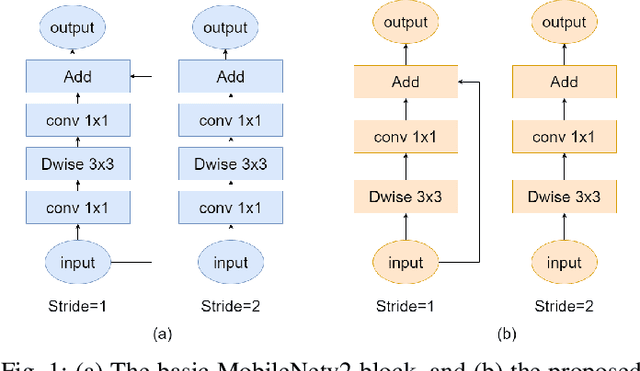
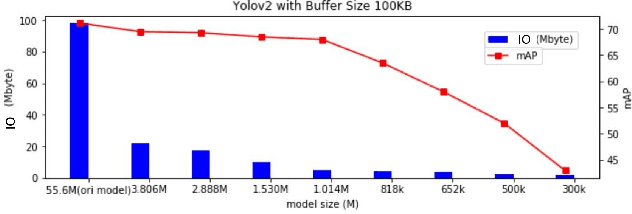
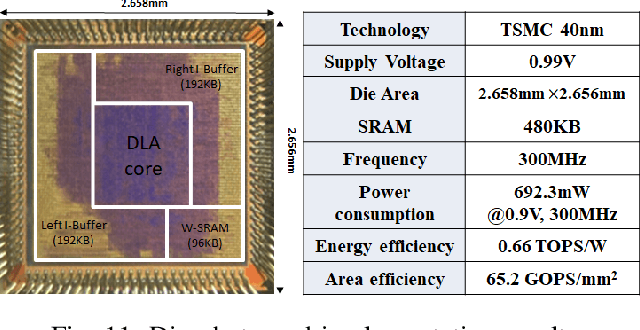

Abstract:Memory bandwidth has become the real-time bottleneck of current deep learning accelerators (DLA), particularly for high definition (HD) object detection. Under resource constraints, this paper proposes a low memory traffic DLA chip with joint hardware and software optimization. To maximize hardware utilization under memory bandwidth, we morph and fuse the object detection model into a group fusion-ready model to reduce intermediate data access. This reduces the YOLOv2's feature memory traffic from 2.9 GB/s to 0.15 GB/s. To support group fusion, our previous DLA based hardware employes a unified buffer with write-masking for simple layer-by-layer processing in a fusion group. When compared to our previous DLA with the same PE numbers, the chip implemented in a TSMC 40nm process supports 1280x720@30FPS object detection and consumes 7.9X less external DRAM access energy, from 2607 mJ to 327.6 mJ.
Learning the Representations of Moist Convection with Convolutional Neural Networks
May 23, 2019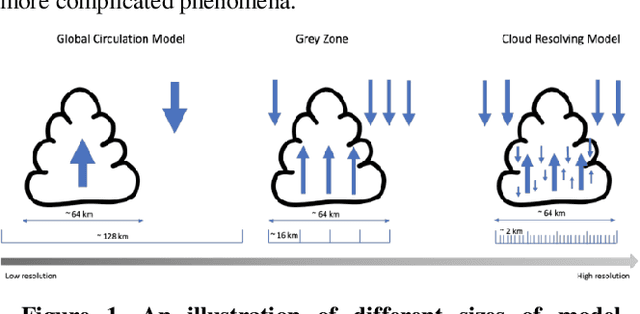
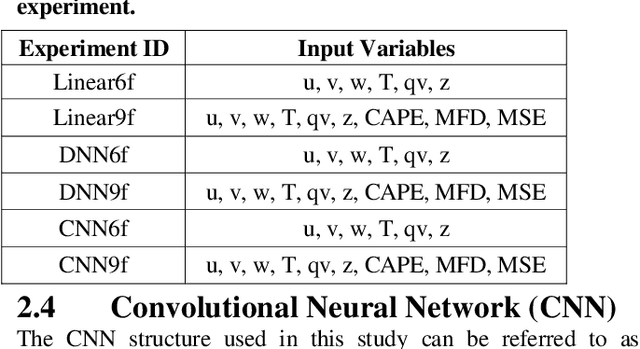
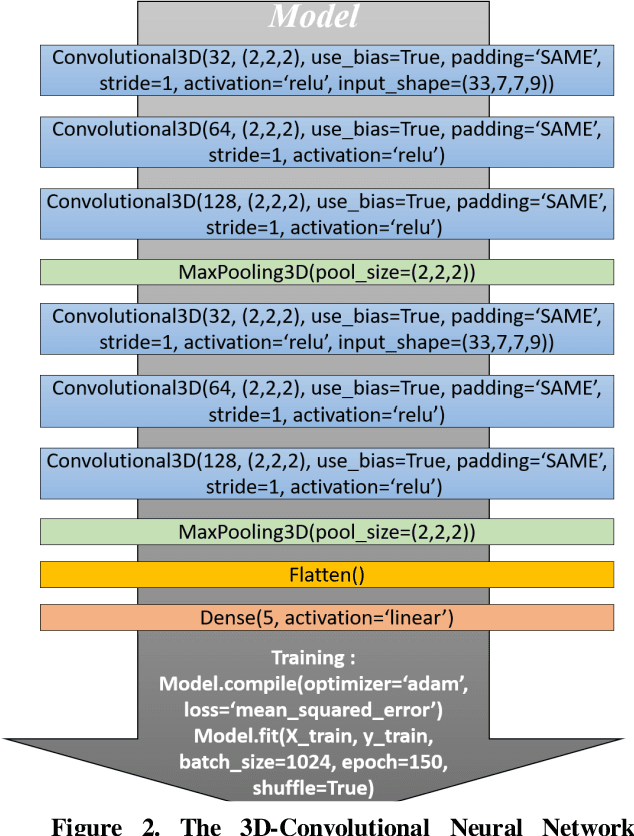
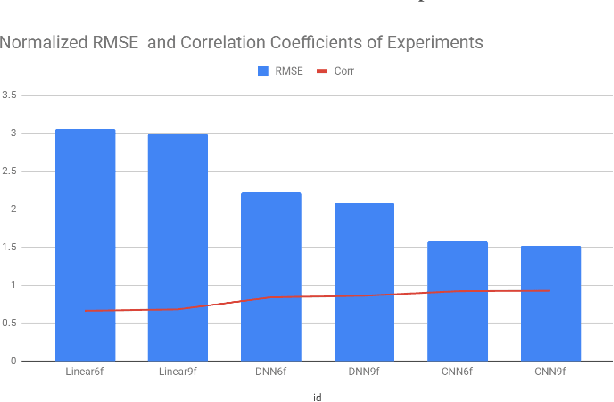
Abstract:The representations of atmospheric moist convection in general circulation models have been one of the most challenging tasks due to its complexity in physical processes, and the interaction between processes under different time/spatial scales. This study proposes a new method to predict the effects of moist convection on the environment using convolutional neural networks. With the help of considering the gradient of physical fields between adjacent grids in the grey zone resolution, the effects of moist convection predicted by the convolutional neural networks are more realistic compared to the effects predicted by other machine learning models. The result also suggests that the method proposed in this study has the potential to replace the conventional cumulus parameterization in the general circulation models.
 Add to Chrome
Add to Chrome Add to Firefox
Add to Firefox Add to Edge
Add to Edge